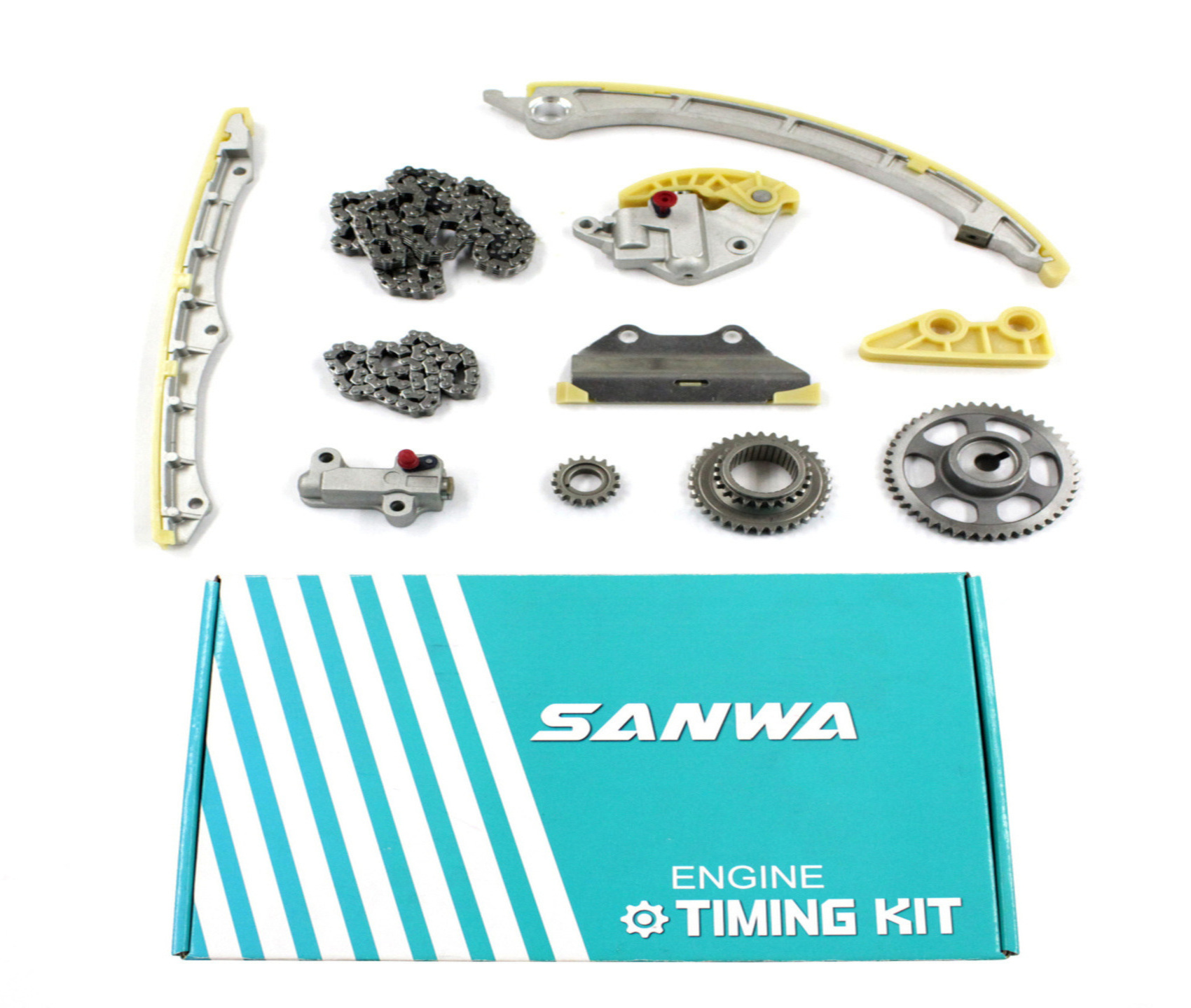
Understanding Engine Timing Components & The Best Practices to Maintain It
Engine timing components are installed into cars during the manufacturing process. The two main engine timing components which are commonly found in most vehicles are timing belts and tensioners.
The Function of Engine Timing Components in A Car
The engine timing components’ primary function is to ensure smooth running of the vehicle’s engine and drive the fuel injection pump and water pump. The function of the timing belt and tensioner will be explained in greater detail below.
Timing Belt
Every time the car’s engine is on, the timing chain is in use. The purpose of the timing chain is to synchronise the rotation of the crankshaft and camshaft(s) to ensure proper timing.
This allows the engine’s valves to open and close during each cylinder’s firing. The timing chain also serves to control the piston and valves within the vehicle. The chain is located inside the engine and needs to be lubricated by engine oil.
Tensioner
On the other hand, the tensioner serves to maintain the right amount of tension on the belt and protects other components in the vehicle from overhauling.
Best Practices to Maintain The Engine Timing Components
1. Replace The Timing Chain
The timing chain normally needs to be replaced between 130,000 km – 200,000 km (depending on mileage usage of the car), unless there is a specific problem.
Issues commonly occur in the timing chain where the vehicle has a higher mileage. This is the right time to get your car checked thoroughly by your mechanic to avoid any unnecessary breakdowns on the road.
2. Inspect the accessory drive belt
When replacing the timing chain, it’s also equally important to inspect the accessory belt, tensioner, idler pulleys, and water pump. The reason is because these components wear off at a similar rate.
It is equally important to note that the timing chain is located deep inside the engine. This makes it difficult to properly inspect or replace the timing chain. In this case, it would be best to leave the task to your mechanic.
3. Pay attention to any noise coming from the timing chain
The timing chain’s noise is commonly noticeable during the cold startup of the vehicle when oil pressure and oil flow is at its lowest.
Excess slack in the timing chain can cause a rattling sound or even a clanking sound if the slack is severe enough to cause the chain to contact the timing chain cover.
Often, timing chains stretch due to inconsistent maintenance. For example, going too long between oil changes, using the wrong type or viscosity rated engine oil can cause the timing chain pins and plates to wear out. This results in timing chain stretch.
By consistently applying these best practices, you will be able to ensure that the engine timing component in your car is functioning perfectly.
